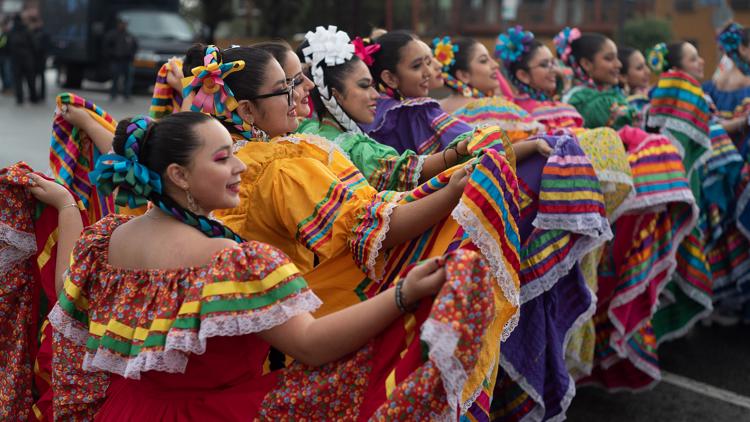Celebrating Hispanic Heritage Month: A Look at the History and Importance

Hispanic Heritage Month, originally known as Hispanic Heritage Week, was first celebrated in 1968 under President Lyndon B. Johnson. It has since evolved into a 30-day period dedicated to celebrating the rich histories, contributions, and cultures of Hispanic and Latino communities.
From September 15 to October 15, Hispanic Heritage Month shines a spotlight on the diversity and vibrancy of Hispanic people, who are the fastest-growing racial or ethnic minority in the United States according to the U.S. census. This diverse group includes individuals with ancestry from Spain, Mexico, the Caribbean, and Central and South America.
With over 65 million people in the U.S. identifying as ethnically Hispanic, Hispanic Heritage Month holds special significance as a time to recognize and celebrate the achievements and heritage of this vibrant community.
Why Do We Celebrate Hispanic Heritage Month?
For many Latin American countries, September 15 marks the anniversary of their independence from Spain. Countries like Costa Rica, El Salvador, Guatemala, and Nicaragua commemorate this day as a symbol of their freedom. Throughout the month, other countries such as Mexico and Chile also celebrate their independence.
On October 12, within the Hispanic Heritage Month timeframe, countries observe “Día de la Raza,” or “Day of the Race,” instead of Columbus Day. This holiday acknowledges the cultural fusion of European and indigenous heritage in Latin America and is celebrated in various Hispanic and Latino countries.
The Evolution of Hispanic Heritage Month
Originally established as Hispanic Heritage Week, the celebration was expanded to a month-long event in 1987 through the efforts of California Rep. Esteban Torres. Despite facing challenges, a similar bill was later signed into law by President Ronald Reagan in August 1988. The first national Hispanic Heritage Month was celebrated in 1989 under President George H.W. Bush.
How is Hispanic Heritage Month Celebrated?
Hispanic Heritage Month celebrations vary across different Latin American, Central American, and Caribbean countries, but the central goal remains the same – to honor and uplift the communities and their accomplishments. Events such as those hosted by the Smithsonian National Museum of the American Latino and the Library of Congress provide opportunities to learn about and celebrate the rich heritage of Hispanic and Latino communities.
As we commemorate Hispanic Heritage Month, let us take this time to reflect on the diverse tapestry of Hispanic and Latino cultures and the valuable contributions they make to our society.
The Associated Press contributed to this story.




